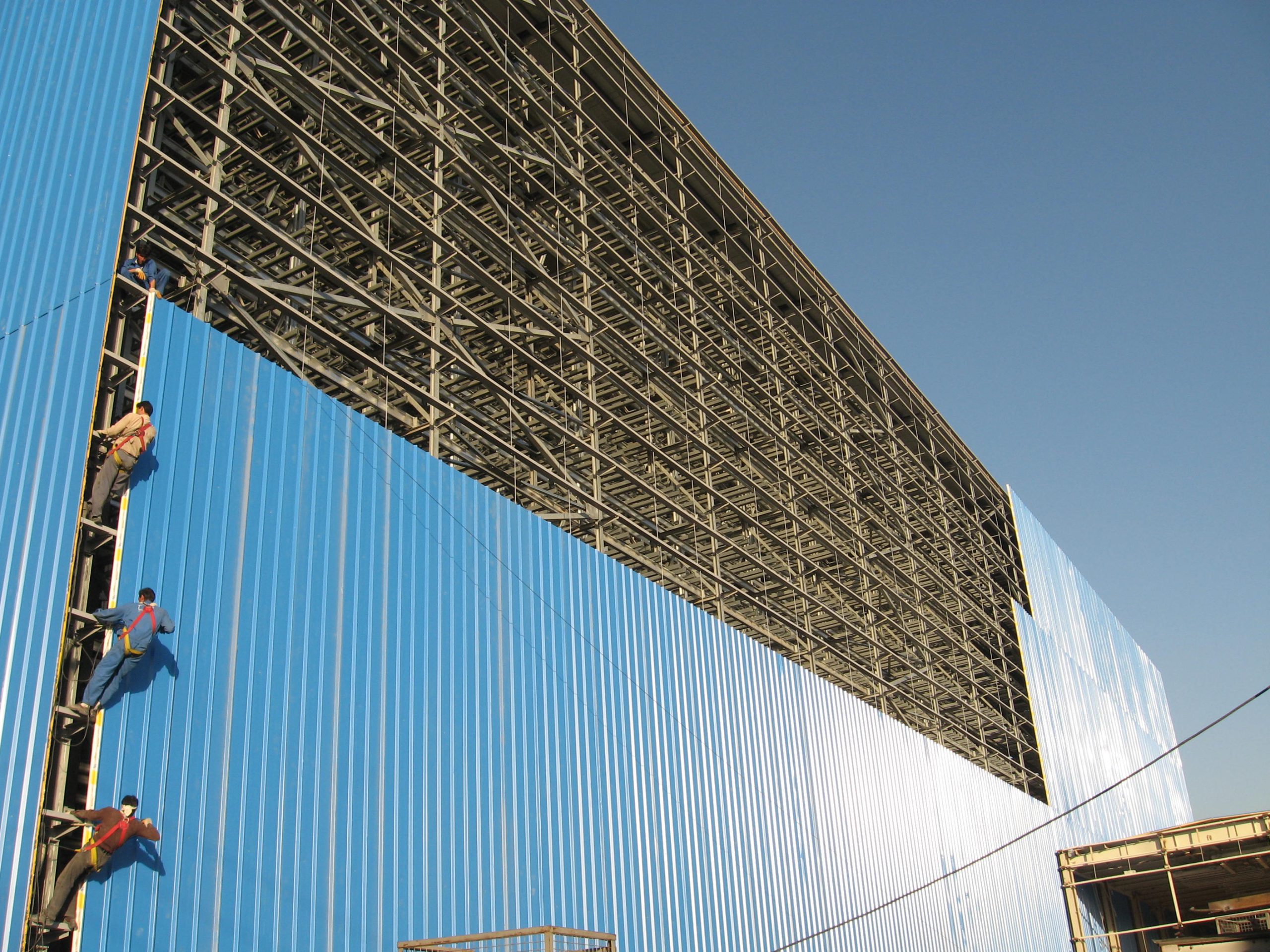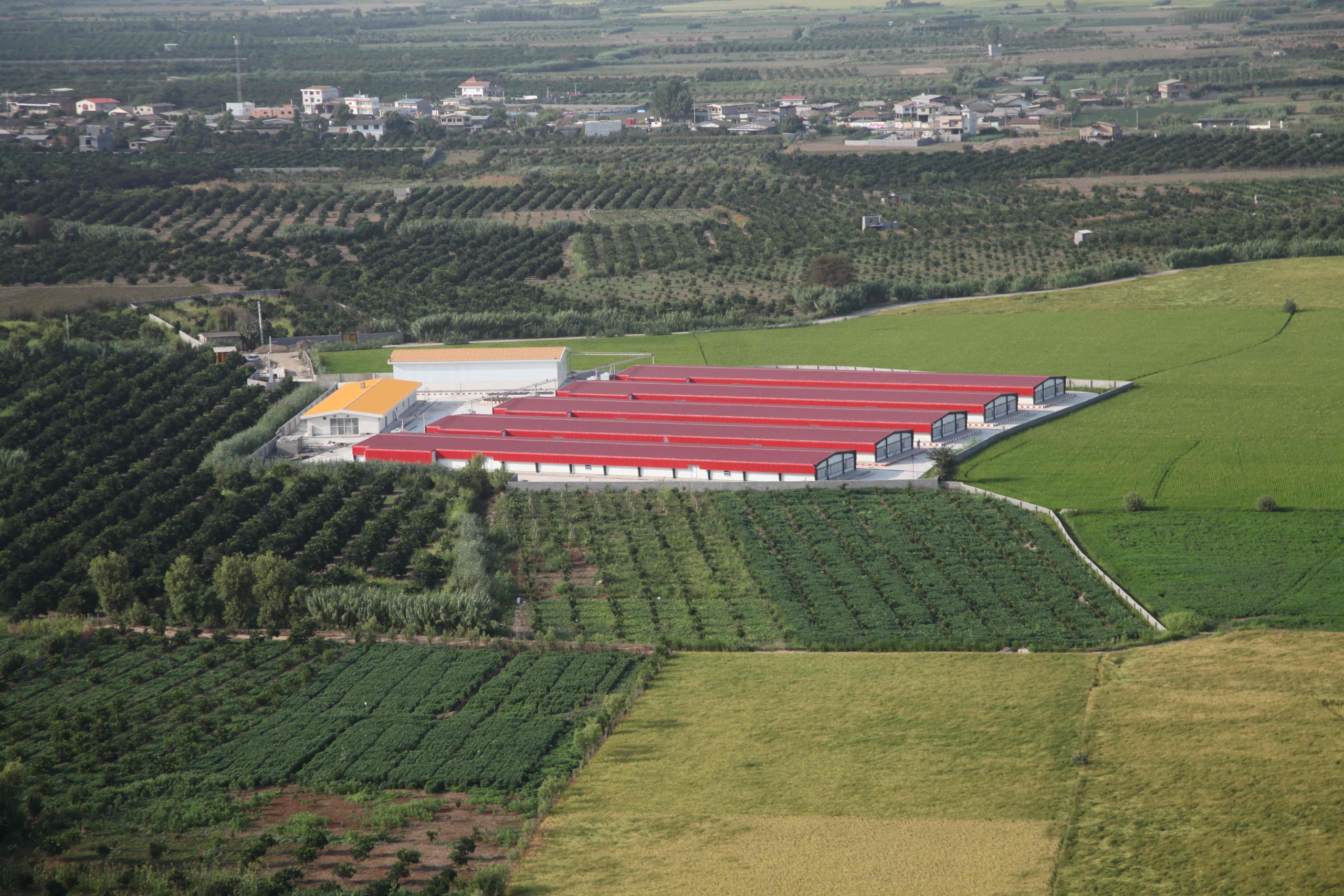Solutions to optimize energy consumption using sandwich panels
In recent years, sandwich panels have been recognized as one of the best and most effective insulating materials in the industrial building industry. Using these panels, it is possible to optimize energy consumption and insulation in different buildings.
Due to their special structure, sandwich panels have a great ability to prevent the loss of thermal and cooling energy. This feature has caused them to be used in various buildings such as factories, warehouses, sheds, etc
In addition, the high resistance of sandwich panels to environmental factors such as moisture, rain and harmful rays of the sun has made them an ideal option for areas with different weather conditions.
Finally, using sandwich panels is also economical. Due to the reduction of energy consumption caused by the use of these panels, the heating and cooling costs of buildings are reduced and this leads to significant savings in the long term.
:Advantages of using sandwich panels
1. The structure of sandwich panels: these panels consist of three layers: the outer layer, the insulation layer in the middle, and the inner layer. This triple structure makes it difficult for heat, cold and sound to pass through.
2. Insulating materials: Polyurethane or polystyrene foams are usually used as insulating materials in sandwich panels, which have very good insulating properties for heat and cold.
3. Reducing energy consumption: By using sandwich panels in buildings, energy consumption can be reduced in the cold and hot seasons of the year.
4. Easy and quick installation: Installing sandwich panels does not require advanced and special equipment or high technical knowledge and is easy to implement.
5. Light weight: Sandwich panels are light in weight, so they have good resistance to earthquakes and are easy to install and transport.
6. Fire resistance: Many sandwich panels are fire retardant and can resist the spread of fire.
7. Customized solutions: according to different needs and conditions, sandwich panels can be ordered with different thicknesses and layers.
8. Low cost: compared to other insulating materials, sandwich panels have a lower cost.
9. High longevity: With proper care, sandwich panels can last for several decades.
Conclusion:
Using sandwich panels is one of the best ways to optimize energy consumption in industrial buildings. Due to its numerous properties and advantages, it is suggested that engineers and designers use this product in their projects.
Since the lack of energy and the need for more efficient energy consumption are important global issues, the use of high-performance materials in thermal and cold insulation can help reduce energy consumption and protect the environment.
After all these explanations, we can say that choosing sandwich panels is not only a smart decision in terms of technology and engineering, but also a positive step towards sustainable development and protection of natural resources.


